The animal kingdom is full of surprises, and while some creatures will give you a warning before striking, others prefer to skip the formalities and launch straight into attack mode. These unpredictable animals can be territorial, defensive, or just plain aggressive, making encounters with them risky and often terrifying.
1. Hippos: The River’s Territorial Titans
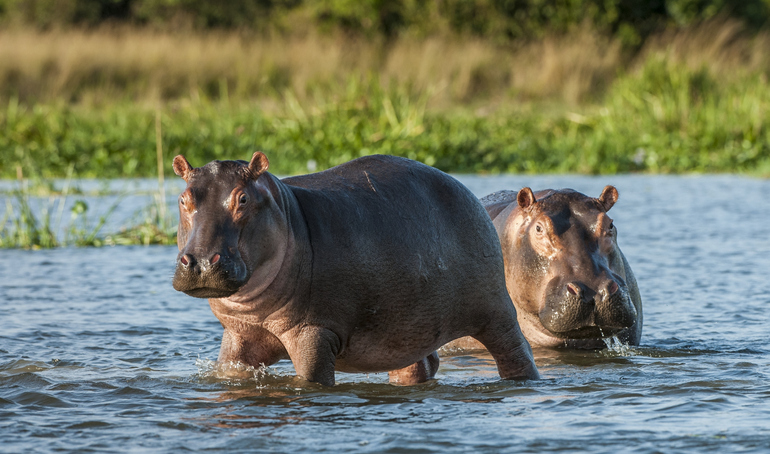
Hippos may look like chubby, water-loving giants, but they’re incredibly aggressive and won’t hesitate to charge if they feel threatened. These massive animals are responsible for more human deaths in Africa than lions, and their speed—up to 19 mph on land—makes them even more dangerous. Get too close to their watery territory, and you could face their powerful jaws and bad temper.
2. Cape Buffalo: The Black Death
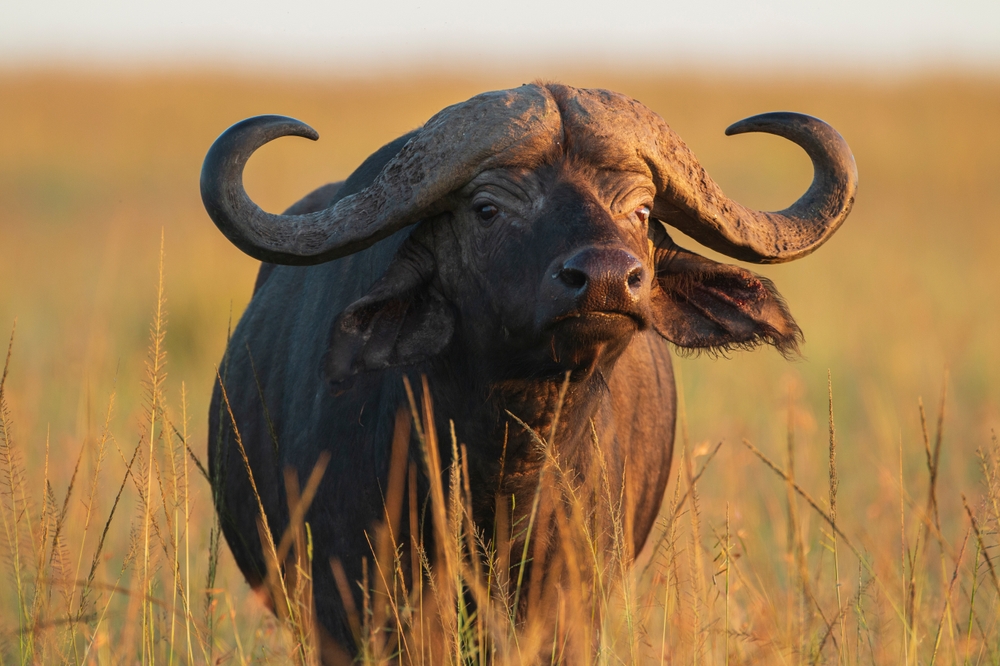
Known as one of Africa’s “Big Five,” cape buffalo are notoriously unpredictable. Often called the “Black Death,” these hulking animals can weigh over 1,500 pounds and have been known to charge without provocation. If wounded or cornered, they’re even more dangerous, sometimes circling back to ambush their pursuers. Encountering one in the wild is an adrenaline-pumping experience no one wants to repeat.
3. Grizzly Bears: The Forest’s Fierce Protectors
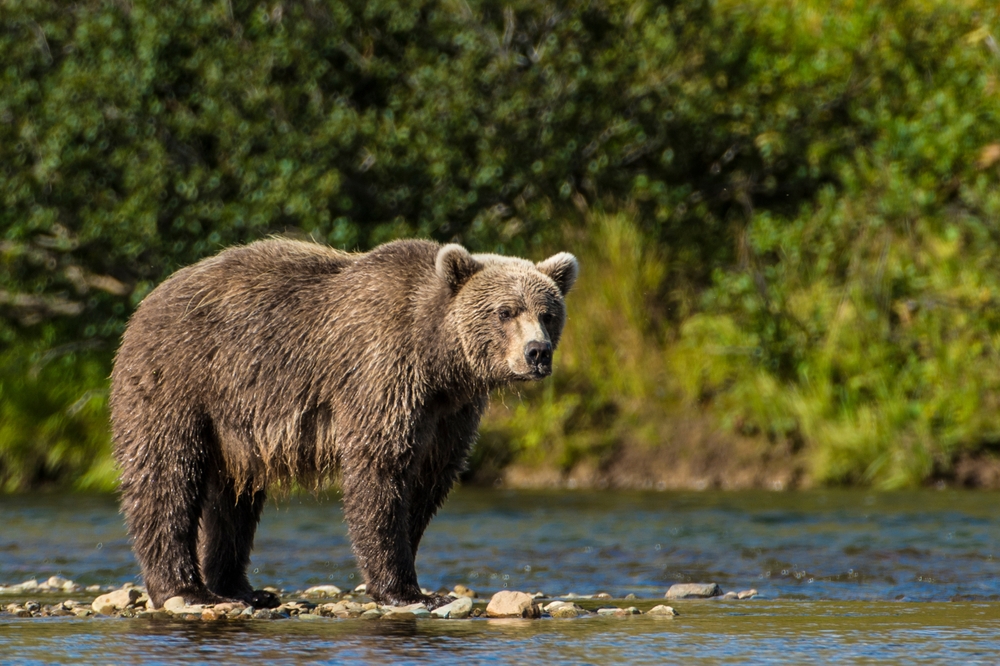
Grizzly bears are iconic symbols of wilderness, but their ferocity is no myth. If surprised or protecting their cubs, grizzlies can launch a sudden, brutal attack. Their massive size, sharp claws, and incredible strength make them formidable opponents. Despite their intimidating presence, grizzlies are lightning-fast, capable of running up to 35 mph. Encountering one at close range is a situation you want to avoid.
4. Cassowaries: The Dinosaur Birds
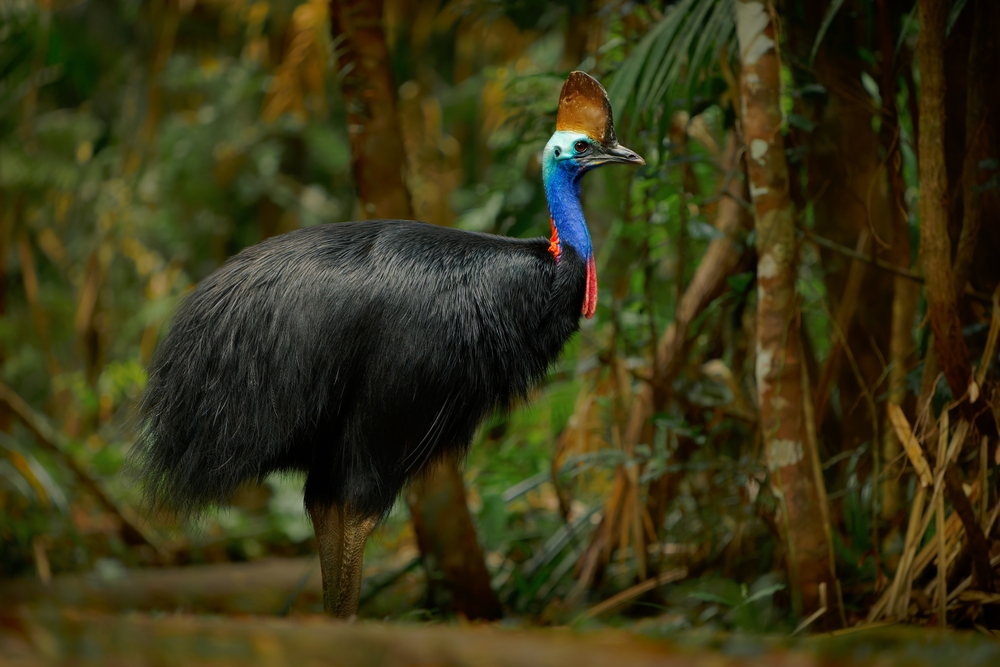
Cassowaries are often described as modern-day dinosaurs, and for good reason—they’re huge, flightless birds with razor-sharp talons. Found in Australia and New Guinea, cassowaries can be highly aggressive if they feel threatened. They’ve been known to leap at people, slashing with their claws, and have even caused fatal injuries. Their brightly colored heads might be stunning, but their temperament is anything but friendly.
5. Honey Badgers: Fearless Fighters
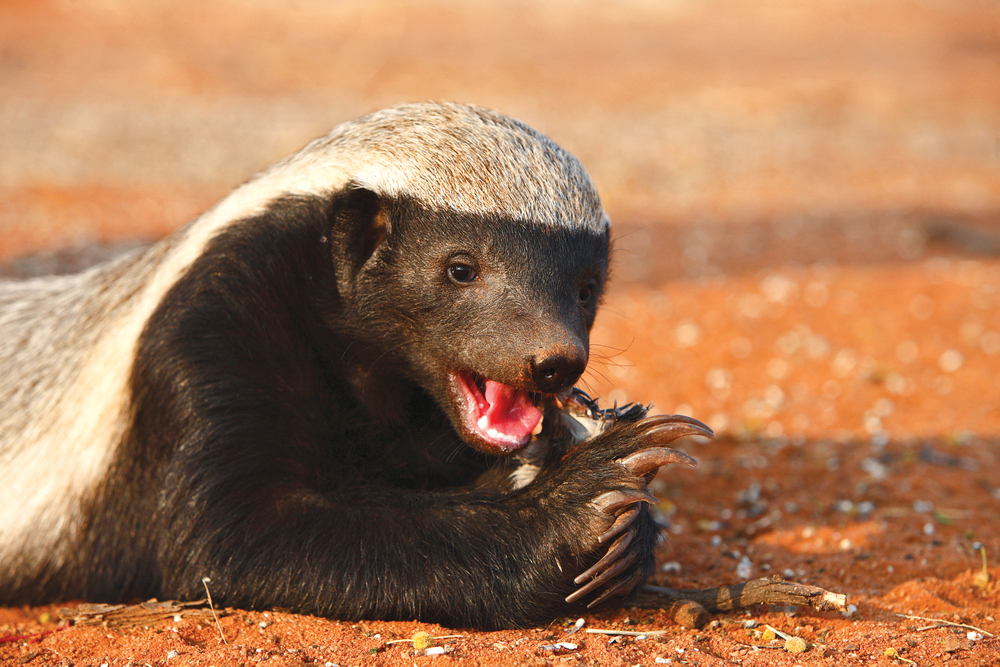
Honey badgers may be small, but their reputation for aggression is legendary. These fearless creatures will attack animals much larger than themselves, including lions. Known for their sharp teeth, claws, and thick skin, honey badgers don’t back down from a fight. If cornered or provoked, they’ll lash out with surprising ferocity, making them a creature you definitely don’t want to mess with.
6. Wild Boars: The Aggressive Invaders
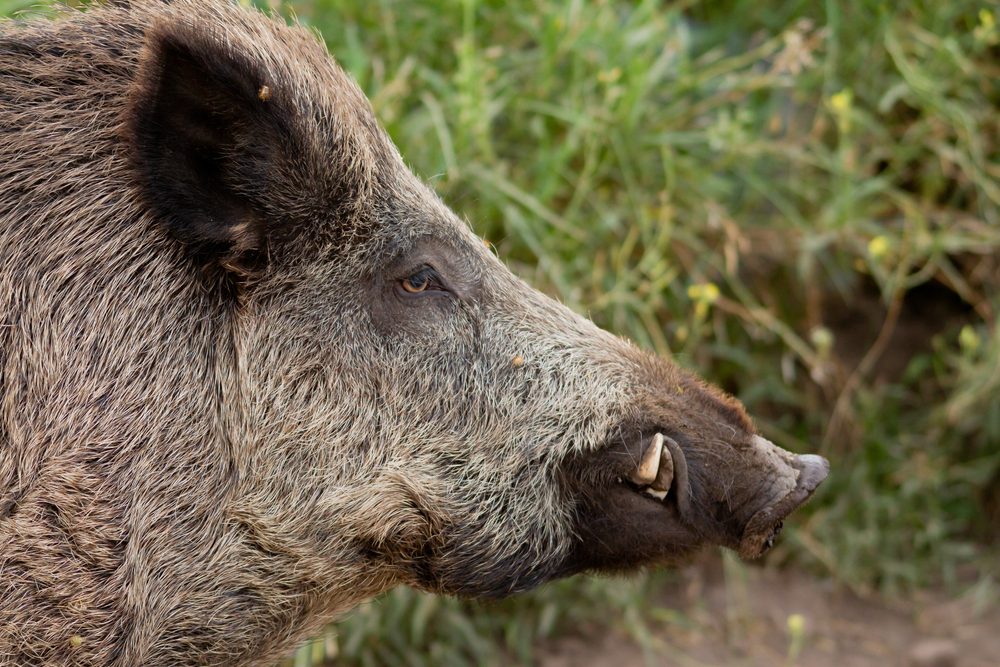
Wild boars are not only destructive but also highly aggressive, especially when protecting their young. These animals have sharp tusks and can charge at speeds of up to 30 mph, making them dangerous foes. Their unpredictable nature means they’ll attack without much warning, turning a quiet walk in the woods into a terrifying encounter.
7. Saltwater Crocodiles: The Apex Ambushers
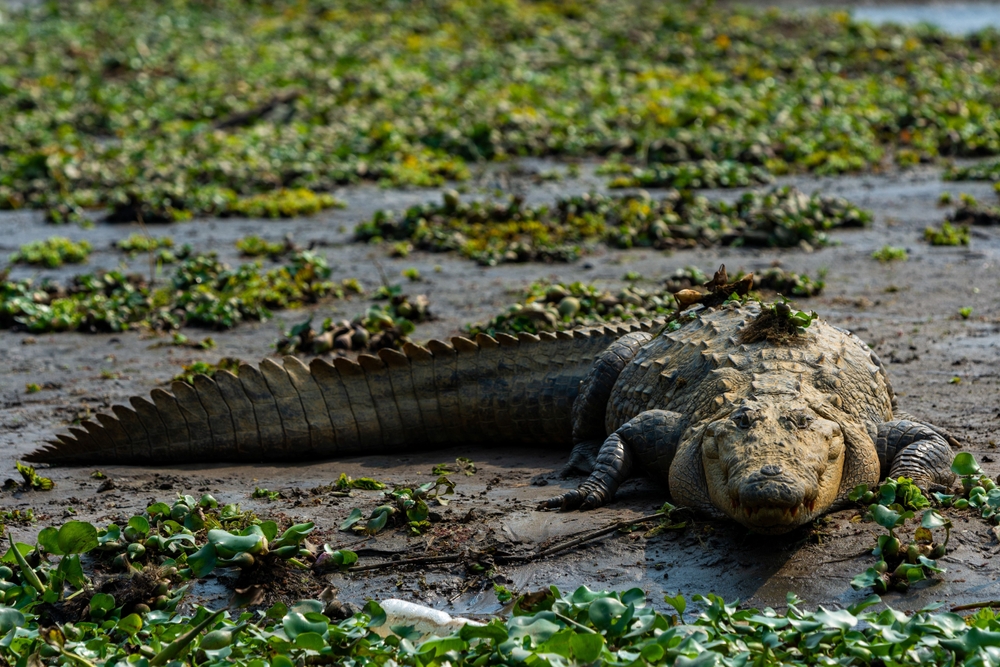
Saltwater crocodiles are the ultimate ambush predators, striking without warning from rivers, lakes, or even coastal waters. Found in Southeast Asia and northern Australia, these massive reptiles can grow over 20 feet long and have the strongest bite force of any animal on Earth. Their stealth and speed in the water make them nearly impossible to escape once they’ve decided you’re their next meal.
8. Bull Sharks: The River-Dwelling Predators
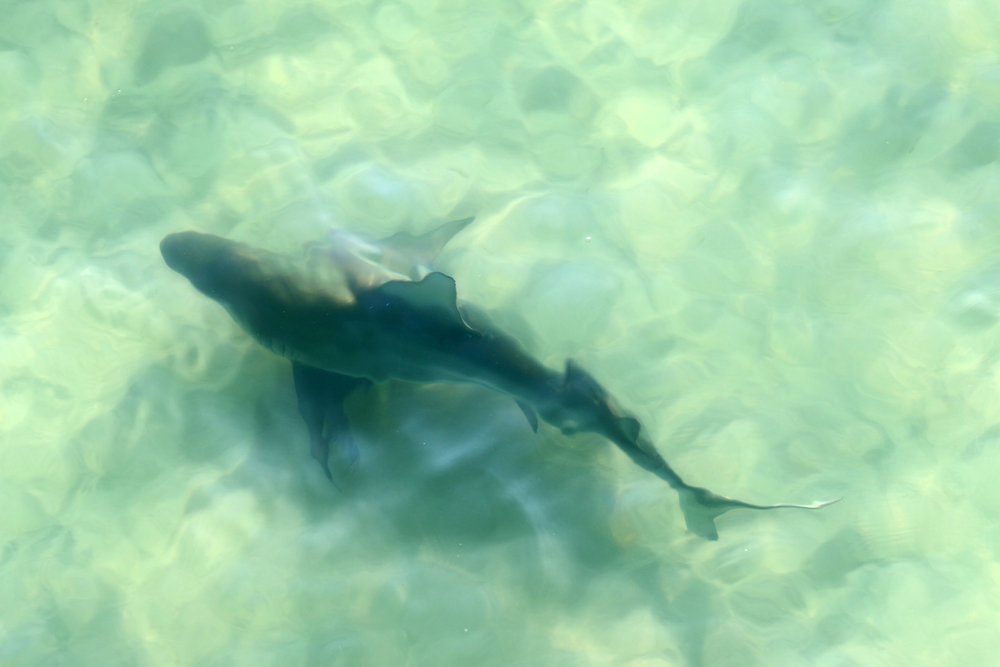
Bull sharks are notorious for their aggressive behavior and tendency to swim in shallow, murky waters where humans often wade or swim. Unlike other sharks, they can tolerate freshwater, meaning they might show up in rivers and lakes. Bull sharks are responsible for many unprovoked attacks on humans, and their boldness makes them one of the most dangerous sharks in the world.
9. Elephants: The Gentle Giants Turned Aggressive
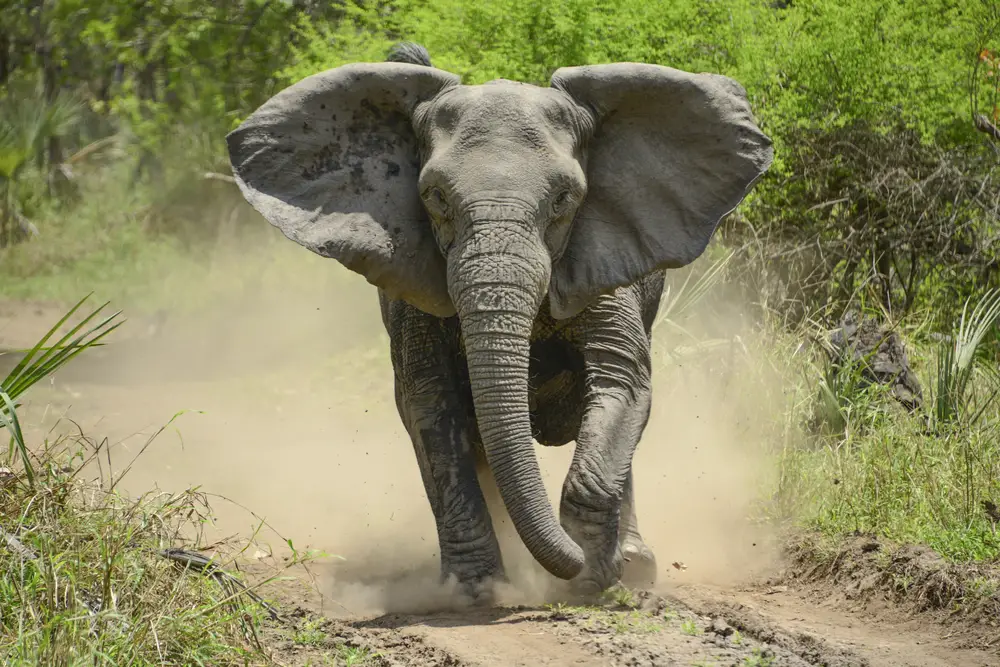
Elephants are generally peaceful, but when they feel threatened or are in musth (a hormonal state in males), their aggression can be deadly. These massive creatures are responsible for hundreds of deaths each year, often charging with no apparent warning. Whether they’re protecting their calves or asserting dominance, an angry elephant is a force of nature no one wants to face.
10. Kangaroos: The Punching Pests

Kangaroos might seem like cute symbols of Australia, but they can be surprisingly aggressive. Males, especially, are known to “box” with their powerful hind legs, delivering kicks that can cause serious injuries. If a kangaroo feels cornered or sees you as a rival, it won’t hesitate to throw a punch—or worse, a kick that could knock you flat.
11. Wolverines: The Ferocious Survivalists
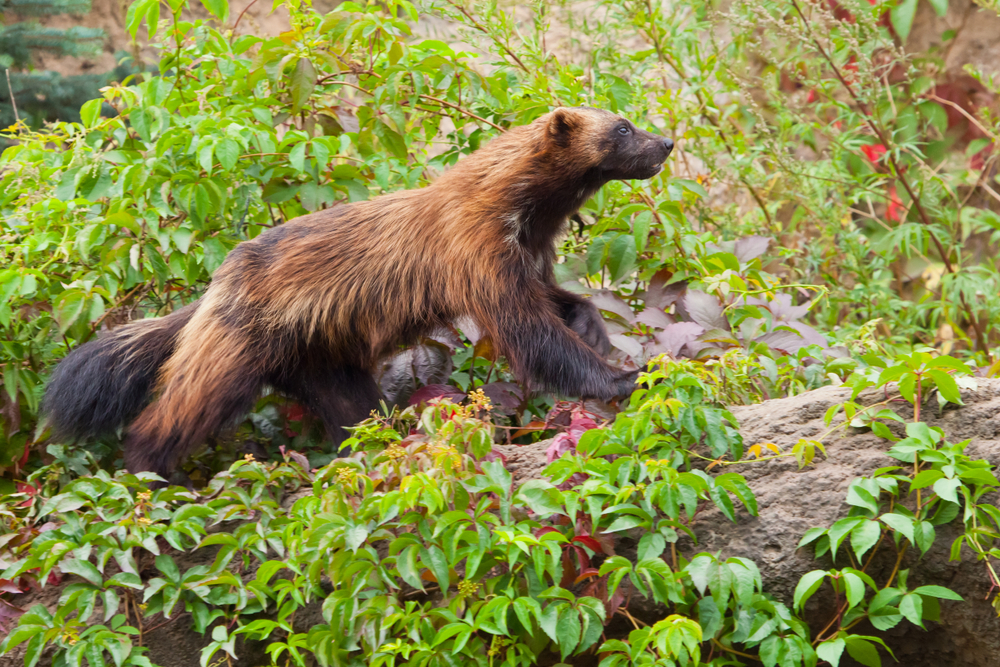
Wolverines are small compared to some predators, but their aggression and strength are unmatched. Known for their powerful jaws and claws, they can take down animals much larger than themselves. Wolverines are fiercely territorial and will attack if they feel their space is being invaded. Their reputation for fearlessness is well-earned, making them one of nature’s most formidable fighters.
12. Gila Monsters: The Venomous Lurkers
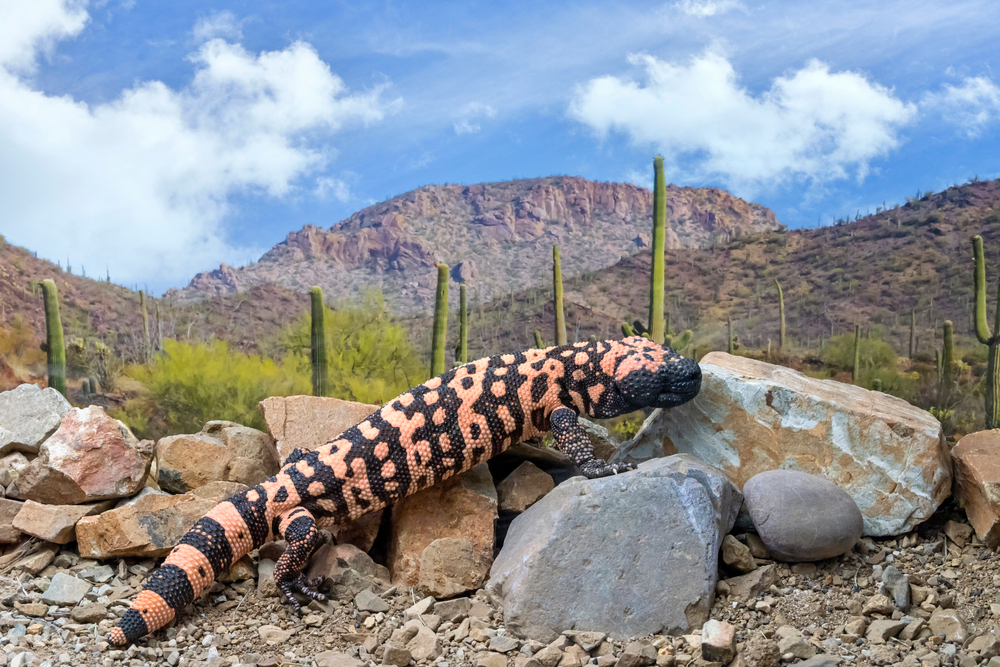
Gila monsters are one of the few venomous lizards in the world. Found in the deserts of the southwestern U.S. and Mexico, these slow-moving reptiles will bite and hold on tightly if provoked. Their venom isn’t typically fatal to humans, but the pain and swelling can be intense. Their calm demeanor might seem harmless, but underestimating them could lead to a painful surprise.
13. Leopards: The Unpredictable Predators
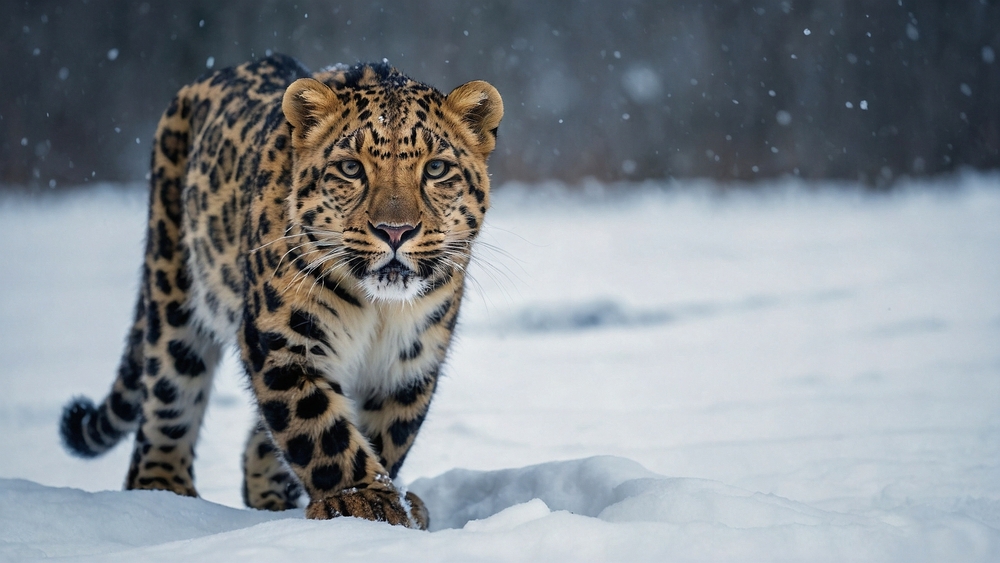
Leopards are solitary hunters with incredible strength and agility. While they typically avoid humans, leopards can become highly aggressive if cornered or injured. In some parts of the world, leopards have even entered villages, attacking livestock and people. Their speed, stealth, and razor-sharp claws make them one of the most dangerous big cats, capable of launching a deadly attack in an instant.
14. Poison Dart Frogs: The Toxic Beauties
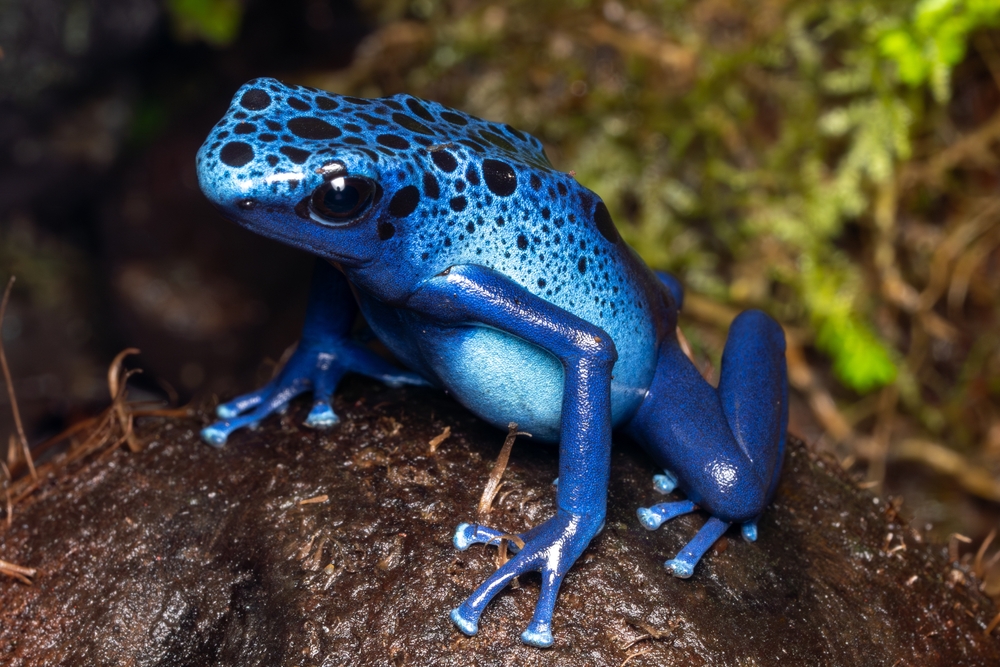
These brightly colored frogs are small but deadly, carrying enough toxins on their skin to kill multiple humans. Found in Central and South American rainforests, poison dart frogs don’t attack in the traditional sense—but just touching one can be lethal. Their vibrant colors are a warning to predators, but for an unsuspecting hiker, they’re a deadly mistake waiting to happen.
